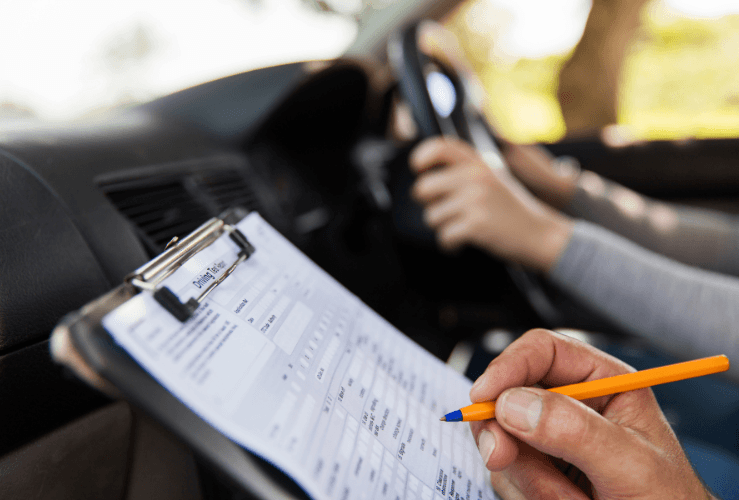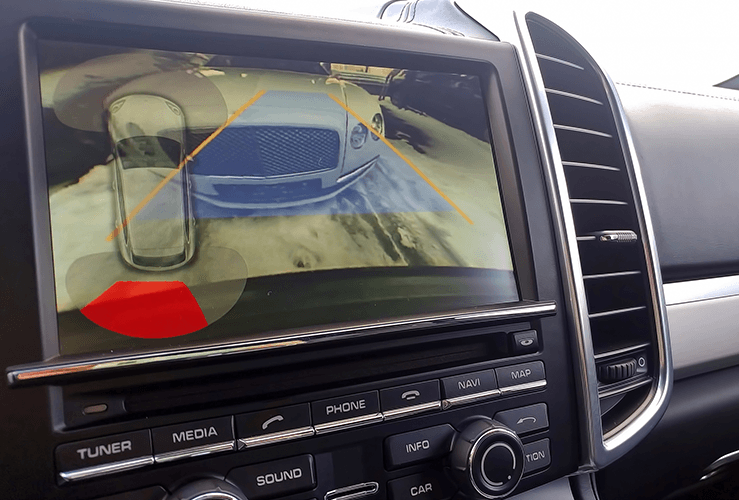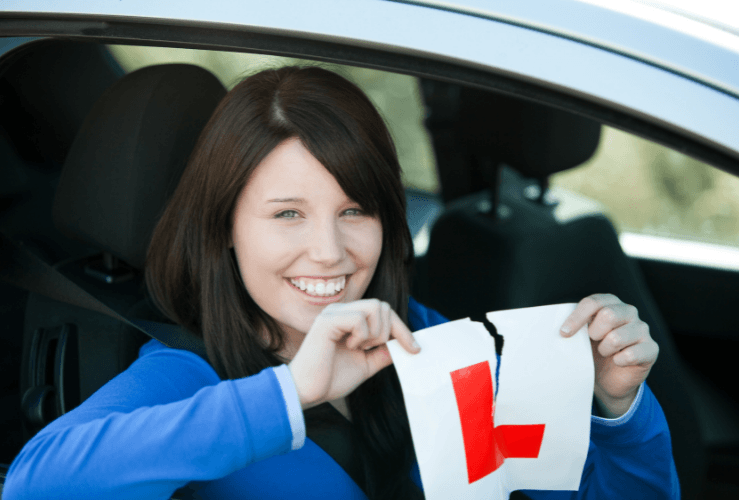Some learner drivers decide to use their own car for their driving test. As long as it meets certain rules (detailed below), this is perfectly acceptable.
Reasons for using your own car for your practical driving test:
- You may feel more comfortable with the controls and layout of your own car
- Your driving instructor may have other commitments on the proposed test date, meaning their car is unavailable
- You'll have much more flexibility regarding driving test dates - because your car is always available
Reasons for using your driving instructor's car for your practical driving test:
- Your instructor may be able to run over certain topics and offer advice before the test begins
- They will already have sufficient insurance to cover the test
- Your instructor’s car will have dual controls - meaning they can take over in an emergency. However dual controls are not necessary (except if using a hire car)
Note: if you want a licence that allows you to drive both manual and automatic cars, you'll need to take your driving test in a car with a manual gearbox.

The car you take your driving test in must be:
- Category B (regular four-wheel car)
- Taxed
- Insured
- Roadworthy with valid MOT (MOT not needed if it's under three years old)
- No lit dashboard warning lights (yellow or red)
- All tyres must be in good condition; minimum 1.6mm tread depth across the central three quarters of the tyre, no cuts or bulges in the sidewall
- Able to achieve 62mph
- Working speedometer
- Maximum weight of 3,500kg (3.5 metric tons); anything heavier than this is not legally considered a car. But bear in mind most hatchbacks weigh around 1,500kg so this is unlikely to be an issue
- Must be smoke free (i.e. it has not been smoked in recently)
- Must not be a stolen vehicle
- If you plan to do your test in a manual car, your vehicle must have gas, brake and clutch pedal
- Automatics must have two pedals
Other requirements:
- The vehicle you are using for your driving test must have learner 'L' plates (one on the front, one on the rear). If you find the front 'L' plate keeps flying off, try placing it halfway up the bonnet
- Note: In Wales 'D' or 'L' plates can be used
Are you more likely to fail your driving test in your own car?
Although examiners might be more wary in not having dual controls, it shouldn’t be any harder to pass your driving test in your own car, so long you’re comfortable driving it and drive well enough during your driving test.
If you have only recently brought your own car and have more experience in driving your instructors car, you may be more comfortable in taking your driving test in your instructors car as you are more used to their vehicle.
Fitting an additional driving instructor mirror
This is a special mirror fixed to the interior of the windshield. It lets the instructor/supervisor see behind the vehicle. These mirrors, which cost around £12, are usually fixed by a suction cup.
Tip: If the suction cup doesn’t fix the mirror to the glass securely, curl a line of blue-tack around the edge of the suction cup and this should help adhesion.

What driving aids can you use during the test?
During your driving test, learner drivers are allowed to use an electronic handbrake, hill-hold assist, front and rear parking sensors and cameras.
However, you must still make effective observations as you manoeuvre - showing you notice hazards such as pedestrians walking behind the vehicle etc.
Are there any car models I cannot use for my driving test?
There are a number of models that cannot be used for your practical driving test. These include:
- Smart FourTwo
- BMW MINI Convertible
- Ford Ka Convertible
- Toyota IQ
- Volkswagen Beetle Convertible
Tip: if you have any type of convertible or panel van, contact the DVSA to ensure it is acceptable for taking a practical test in. Good visibility is essential for carrying out a safe test.
What are the rules on using recalled cars for driving tests?
There are also a number of cars that have been recalled due to various faults - such as steering failure. If your vehicle is one of these, you need to demonstrate the issue has been addressed by the manufacturer/dealer.
What proof can you use to show the issue has been fixed?
You can use the following documents to prove that any issues with a recalled car have been fixed, in order to use the vehicle for your driving test:
- Recall letter stamped by dealer/manufacturer
- Official headed letter from the dealer/manufacturer
What happens if my car breaks down before my driving test?
If your car has broken down and can’t be repaired in time for your driving test, you can ask your driving instructor, a friend or a family member if you can use their car. You will have to make sure that you are insured to drive it.
If you are unable to find an alternative car to use, you will have to cancel your driving test and rebook for another time.
Can I use a hire car for my driving test?
Yes, but the hire car must be fitted with dual controls and meet all the other requirements.
As you might expect, most hire cars do not have dual controls.

Getting to and from the driving test centre
As a learner driver, you won’t be able to drive unsupervised to the test centre. Whoever goes with you must be over 21 and have held a full driving licence for at least three years.
Note that certain provisional car insurance policies are cancelled automatically as soon as you pass your practical driving test. Check your documents to see if your learner driver insurance will cover you for the drive home should you pass your test, else you may need to ensure that whoever accompanied you to the test centre is insured on your car to drive you home.
Insurance policies are available that cover you for taking the practical test in either your own or someone else's car.
If you're using your driving instructor's car, they will already have a sufficient insurance policy in place.
More information on using your own car for your practical driving test: GOV.UK




